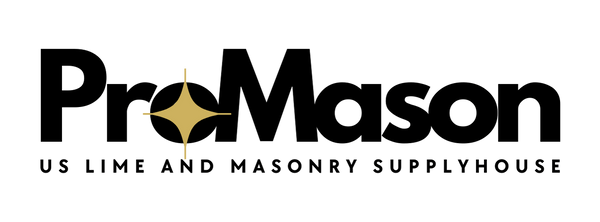A finished basement holds boundless promise—it’s a blank canvas waiting to become a family room, a workshop, a home gym, or a vibrant playroom. The fastest way to transform that dull, grey slab into a functional and beautiful space is with a fresh coat of paint. But before you start, be warned: a single, common mistake can lead to a peeling, bubbling nightmare, wasting your time, money, and effort.
So, what is the number one mistake DIYers make? Ignoring the invisible enemy lurking in your concrete: moisture.
The Critical Issue of Moisture in Basements
Concrete feels solid, but it's actually porous like a sponge. Basements, being below ground, are particularly susceptible to moisture wicking up from the soil. If you trap this moisture under a coat of paint, it has nowhere to go. The hydrostatic pressure builds until it pushes the paint right off the surface, resulting in peeling, blistering, and failure. This is a primary reason for "Durability Disappointment" among DIYers.
Before you even think about choosing a color, you must determine if your concrete is dry enough to paint. Luckily, there’s a simple, foolproof method anyone can use.
The Simple Plastic Sheet Moisture Test
This easy test is the most important prep step for any basement floor project.
-
Cut a Square: Take a plastic sheet (a trash bag will do) and cut a square that is roughly 18x18 inches.
-
Tape it Down: Securely tape all four edges of the plastic square to the bare concrete floor using heavy-duty duct tape. Make sure it’s completely sealed.
-
Wait: Leave the plastic sheet in place for at least 24 hours.
-
Check the Results: After 24 hours, peel back the plastic. If the underside of the plastic is wet, or the concrete underneath is noticeably darker, you have a moisture issue that must be addressed before painting.
The Other Critical Factor: Your Indoor Air Quality
Once you've confirmed your floor is dry, you're not out of the woods yet. The second critical consideration for a basement project is the air you and your family will be breathing. Most standard paints release Volatile Organic Compounds (VOCs), which are chemicals that turn into a gas at room temperature. In a well-ventilated space, this is a concern; in an enclosed basement, it's a major problem.
Strong chemical odors can make the application process unpleasant and unhealthy, and these VOCs can linger in the air long after the paint is dry. When looking at basement floor coating options, choosing a paint with a low-odor or, even better, a Zero VOC formula is essential for maintaining a healthy indoor environment.
The Responsible Choice for Your Basement Floor
This is precisely where Pro Mason Concrete Paint is engineered to be the superior solution for interior spaces. It was designed to directly address the most significant pain points for DIYers working on basement projects.
-
The Safe Solution: Pro Mason’s Zero VOC, low-odor formula is a massive advantage for any interior project. It ensures a safer, more pleasant application experience without the harsh chemical fumes associated with other coatings, making it the default choice for basements.
-
The Durable Solution: Beyond being a healthier choice, it’s a waterproof and super-durable advanced polyurethane hybrid coating with a beautiful satin finish. This technology is designed to create a tough, protective barrier that stands up to the unique demands of a basement environment, resisting moisture and preventing mold and mildew.
-
The Simple Solution: Pro Mason’s formula is "Professional Self-Priming". This feature simplifies the application process, reducing steps and helping you confidently achieve a successful outcome without the anxiety of more complex systems.
Don’t let your basement renovation end in frustration. By testing for moisture and choosing a safe, effective, and durable product, you can ensure your project is a success. Choose the paint that was designed for a beautiful finish and a healthy home.

